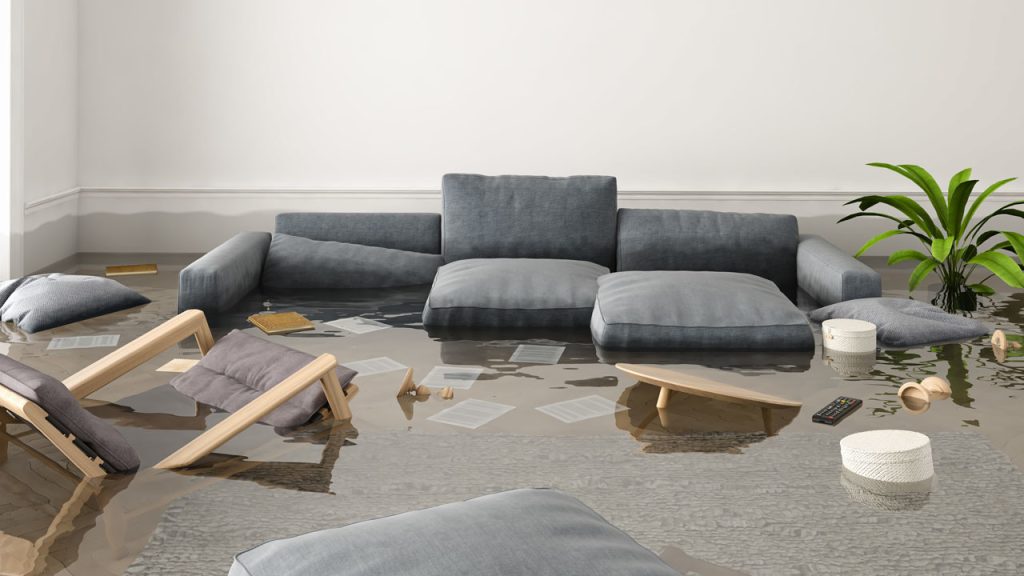Water damage is one of the most common and destructive issues that can affect residential and commercial properties alike. Whether caused by a burst pipe, heavy rainfall, flooding, or an appliance malfunction, water damage can have long-lasting and severe consequences if not addressed promptly and effectively. Efficient water damage remediation is crucial to minimize these impacts, restore the property to its pre-damage condition, and ensure the health and safety of its occupants. The first step in water damage remediation is a thorough assessment and inspection. This involves identifying the source of the water intrusion, evaluating the extent of the damage, and determining the category and class of the water involved. Categories of water damage range from clean water Category 1 to severely contaminated water Category 3. Understanding the type of water damage is vital for selecting the appropriate remediation techniques and ensuring that all affected areas are addressed comprehensively.

Once the assessment is complete, the next step is to remove any standing water. This process, known as water extraction, typically involves the use of specialized equipment such as pumps, wet vacuums, and industrial extractors. Prompt and efficient water extraction is essential to prevent further saturation of building materials, reduce the risk of mold growth, and mitigate structural damage. In cases of severe flooding, professional water damage restoration companies have the expertise and resources to manage large-scale water extraction operations effectively. After water extraction, the drying and dehumidification process begins. This step is critical in ensuring that all moisture is eliminated from the affected areas. High-powered air movers, dehumidifiers, and specialized drying equipment are used to accelerate the evaporation process and maintain optimal humidity levels. Proper drying and dehumidification prevent the growth of mold and mildew, which can pose serious health risks and compromise indoor air quality. Additionally, thorough drying helps preserve the structural integrity of the property by preventing wood rot, warping, and other moisture-related issues.
AllPro Construction water damage restoration Tacoma Sanitization and cleaning are also integral components of water damage remediation. This involves disinfecting all affected surfaces to remove any contaminants and pathogens that may have been introduced by the water intrusion. Depending on the severity of the damage and the type of water involved, specialized cleaning agents and antimicrobial treatments may be required. This step not only ensures a safe and healthy environment but also helps prevent secondary damage caused by microbial growth. Repair and restoration are the final phases of the water damage remediation process. Professional water damage restoration companies are equipped to handle all aspects of the repair and restoration process, ensuring a seamless and efficient recovery. In conclusion, efficient water damage remediation is a multi-step process that requires prompt action, specialized equipment, and professional expertise. By addressing the issue swiftly and thoroughly, property owners can minimize the long-term impacts of water damage, preserve the value and integrity of their property, and ensure a safe and healthy living environment. Engaging the services of a professional water damage restoration company is the best way to achieve these outcomes and restore peace of mind after a water damage event.
